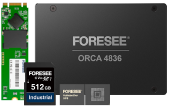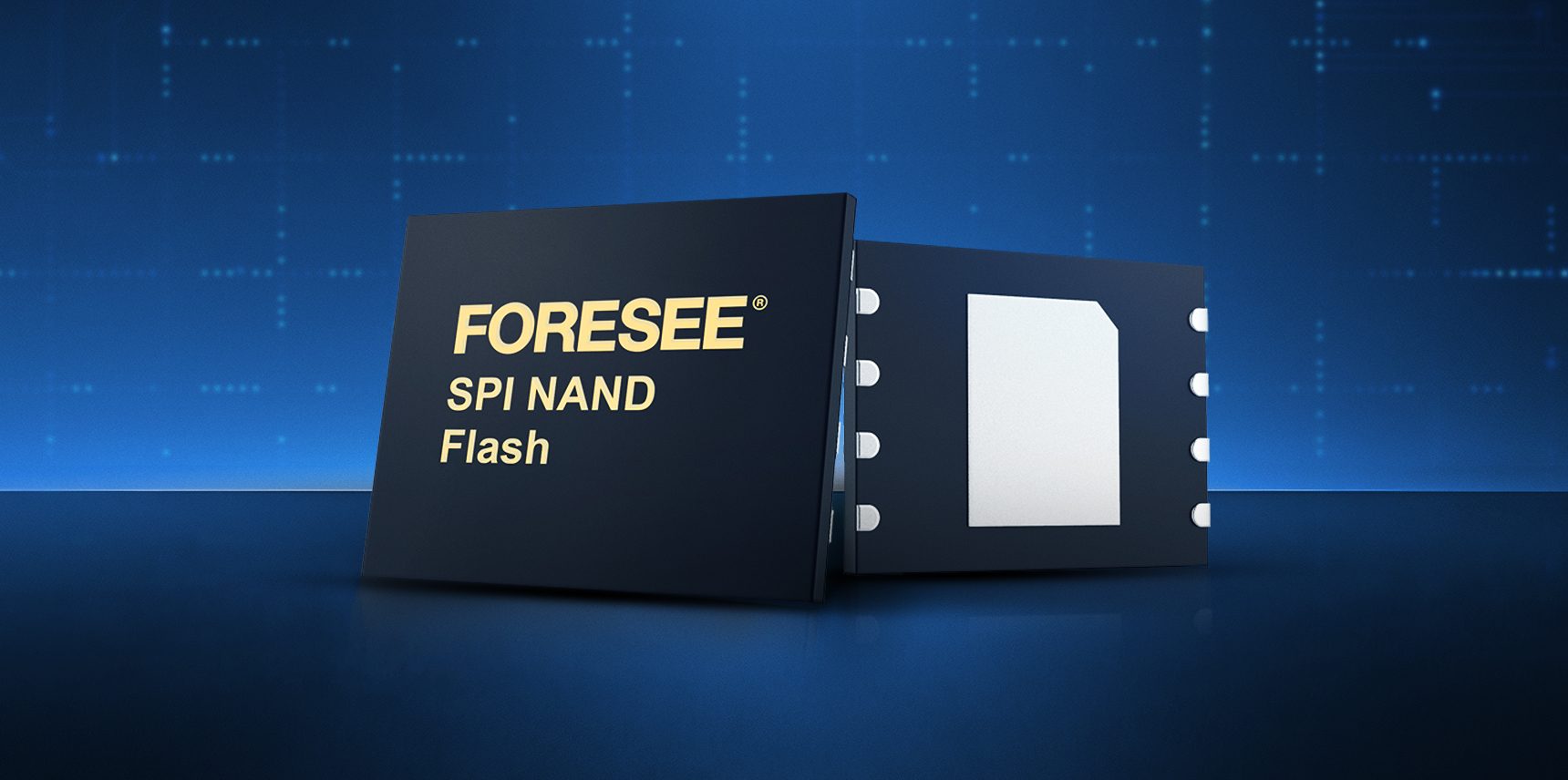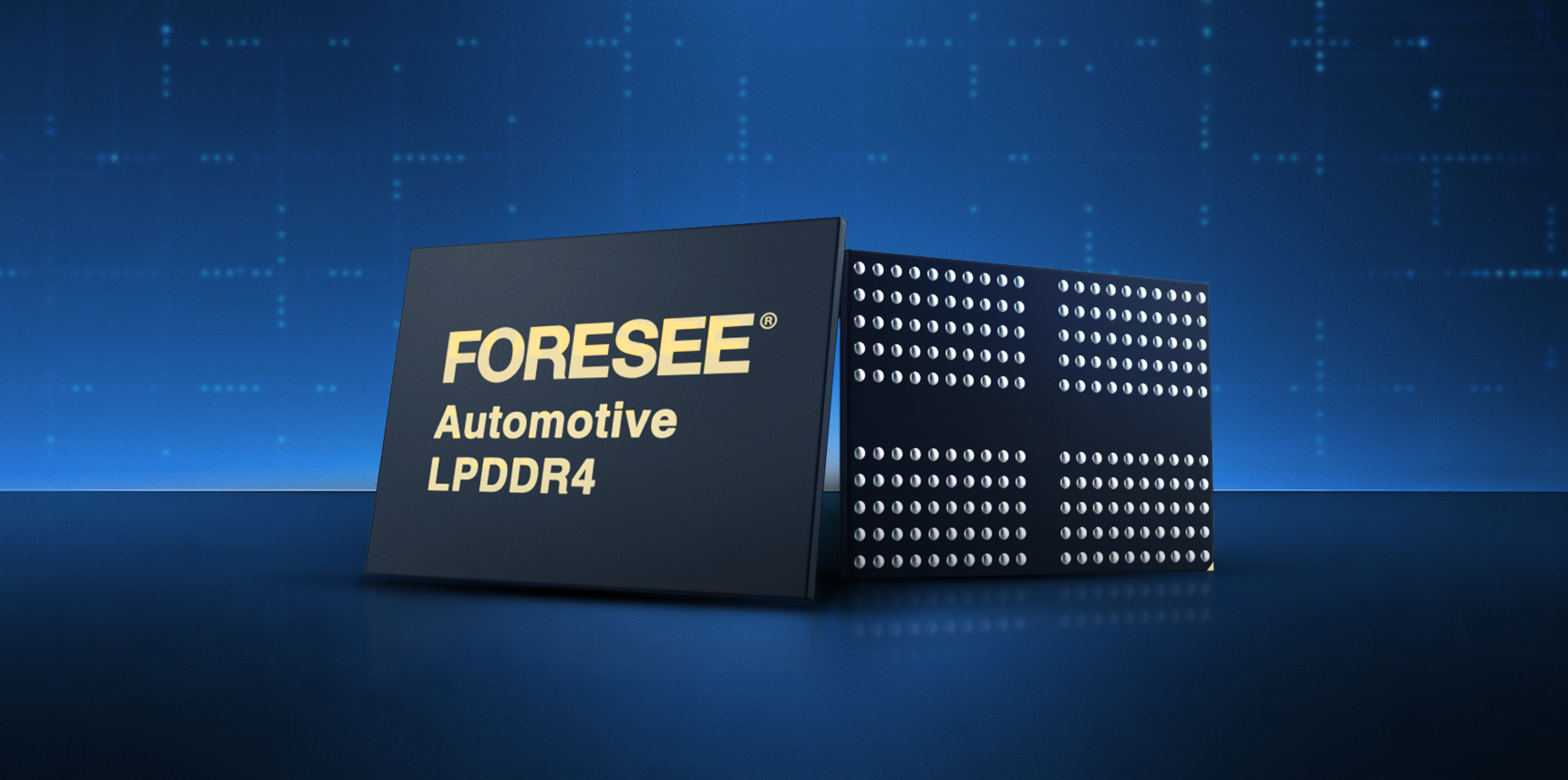Advanced driver assistance systems (ADAS) have revolutionized vehicle safety, enhancing collision prevention, lane-keeping, and automated braking. However, these systems rely on precise sensor calibration to function accurately.
Proper calibration requires specialized equipment and expertise, which is why businesses offering advanced automotive solutions play a critical role in ensuring optimal vehicle performance.
Why Is ADAS Calibration Important?
- Ensures sensors, cameras, radar, and lidar provide correct data to the system.
- Prevents misalignment that could lead to false warnings or system failures.
- Maintains optimal safety performance after repairs, accidents, or windshield replacements.
Proper ADAS calibration is critical for accuracy, ensuring these systems work as intended to protect drivers and pedestrians.
What Is ADAS Calibration?
ADAS calibration is the process of aligning vehicle sensors and cameras to meet manufacturer specifications. Even minor misalignments can cause errors in adaptive cruise control, automatic braking, and lane departure warnings.
When Is ADAS Calibration Required?
- After windshield replacement – Camera misalignment can affect lane-keeping and braking systems.
- Following a collision or accident – Even small impacts can shift sensors.
- Suspension or tire alignment changes – Altered vehicle height affects sensor accuracy.
- ADAS sensor replacement or repair – Any removed or replaced sensor must be recalibrated.
Failing to recalibrate ADAS components may reduce system effectiveness, compromise safety, and increase liability.
Types of ADAS Calibration: Static vs. Dynamic
ADAS calibration methods vary depending on vehicle manufacturer requirements and the type of sensor used.
1. Static ADAS Calibration
- Performed in a controlled environment, such as a repair shop.
- Uses specialized calibration targets and equipment to align cameras and sensors.
- Required for systems like forward-facing cameras and night vision sensors.
2. Dynamic ADAS Calibration
- Performed while driving the vehicle to allow sensors to recalibrate in real-world conditions.
- Requires specific road and traffic conditions for optimal accuracy.
- Used for adaptive cruise control, radar, and lidar-based systems.
Some vehicles require both static and dynamic calibration to ensure complete sensor accuracy.
How ADAS Calibration Works: Step-by-Step Process
1. Diagnostic Scan and Pre-Check
- Technicians use scanning tools to check for sensor misalignment and error codes.
- Identifies which ADAS components need recalibration.
2. Static or Dynamic Calibration
- Performed using manufacturer-specified calibration tools.
- Adjusts camera angles, radar positioning, and sensor alignments.
3. Verification and Road Testing
- A post-calibration scan confirms proper alignment.
- The vehicle is tested to ensure ADAS features respond correctly.
Technicians use precision calibration equipment to restore ADAS functionality, preventing false warnings or malfunctions.
Challenges in ADAS Calibration
Despite technological advancements, ADAS calibration presents several challenges:
- Specialized Equipment Requirements – Manufacturers require unique calibration tools for different vehicle models.
- High Costs – Calibration requires advanced technology and skilled technicians.
- Strict Alignment Tolerances – Even millimeter-level misalignment can lead to ADAS system errors.
- Frequent Recalibrations – Road conditions, weather, and minor vehicle adjustments can impact sensor accuracy.
Ensuring precise calibration is crucial for ADAS reliability and vehicle safety.
The Role of High-Performance Memory in ADAS Calibration
ADAS systems process large volumes of real-time sensor data, requiring high-speed memory solutions to function efficiently.
Memory Requirements for ADAS Calibration:
- Low-Latency DRAM – Supports real-time data processing from multiple sensors.
- High-Endurance NAND Flash – Stores ADAS calibration settings and system logs.
- Embedded Memory Solutions – Ensures long-term reliability in extreme temperatures and vehicle vibrations.
Automotive-Grade Memory Solutions
Lexar Enterprise provides automotive-grade memory solutions that support ADAS calibration accuracy and long-term performance. Our automotive storage components feature:
- AEC-Q100 Qualified: Grade 2 certification for reliable operation in extreme temperatures (-40°C to +105°C)
- Data Protection: Emergency power-off protection and error correction for maintaining data integrity
- Proven Compatibility: Verified with 100+ control modules across major automotive platforms
- Customization Options: Hardware and software customization for specific vehicle applications
- Extended Lifecycle: Designed for the long-term reliability demands of automotive systems
Our solutions are engineered specifically for autonomous driving systems, in-vehicle infotainment, and mission-critical automotive applications.
How Often Should ADAS Calibration Be Performed?
ADAS calibration should be performed whenever vehicle repairs or sensor adjustments occur. However, some manufacturers recommend regular inspections to ensure continued accuracy.
Signs Your ADAS Needs Calibration:
- ADAS warnings or error messages appear on the dashboard.
- Lane departure warning or adaptive cruise control fails to activate.
- The vehicle drifts despite lane-keeping assist being active.
- Braking or collision avoidance activates unexpectedly.
Routine ADAS recalibration ensures peak system performance and prevents potential safety risks.
Future of ADAS Calibration: Emerging Technologies
As ADAS technology advances, calibration methods are evolving to ensure higher accuracy and efficiency.
- AI-Driven Self-Calibrating Sensors – Automatically adjust alignment based on real-time driving conditions.
- Remote ADAS Calibration – Cloud-based systems enable over-the-air recalibration.
- Enhanced Lidar and Radar Integration – Improves depth perception and object detection accuracy.
Automotive manufacturers are developing more innovative calibration systems to enhance ADAS reliability and ease of maintenance.
Impact of ADAS Calibration on Vehicle Safety
Proper ADAS calibration ensures vehicle safety by preventing errors in critical safety features. A misaligned camera or sensor can cause:
- Delayed Collision Warnings – A misaligned radar may fail to detect a vehicle ahead, increasing the risk of crashes.
- Incorrect Lane-Keeping Assistance – Lane departure warnings may activate incorrectly or fail to detect lane markers.
- Malfunctioning Automatic Braking – The system may either fail to brake when needed or apply brakes unexpectedly, creating a hazard.
- False Positives in Driver Alerts – A poorly calibrated ADAS may trigger unnecessary warnings, distracting drivers.
How Calibration Enhances Safety:
✔ Ensures ADAS features operate within manufacturer specifications.
✔ Improves sensor accuracy to provide real-time hazard detection.
✔ Reduces the risk of ADAS-related accidents due to faulty data interpretation.
Regular ADAS calibration is critical for maintaining safety standards and ensuring the system performs as designed.
ADAS Calibration for Different Vehicle Types
Different vehicles require unique ADAS calibration procedures based on sensor placements and system complexity.
✔ Passenger Vehicles—Standard ADAS systems, such as lane departure warnings, adaptive cruise control, and collision detection, require precise sensor alignment.
✔ Commercial Trucks and Fleet Vehicles – Larger vehicles require calibration for blind-spot detection and adaptive braking.
✔ Electric and Hybrid Vehicles – These vehicles integrate ADAS with battery management systems, requiring specialized calibration techniques.
✔ Autonomous Vehicles – Self-driving systems require continuous calibration to maintain navigation and object recognition accuracy.
Each vehicle type requires customized ADAS calibration methods to ensure sensor precision and optimal performance.
The Role of Software in ADAS Calibration
ADAS calibration isn’t just about physical sensor adjustments but requires software optimization.
- Software Updates & Recalibration – Regular ADAS firmware updates can affect sensor settings, requiring recalibration.
- AI-Powered Calibration Tools – Advanced ADAS systems use machine learning algorithms to optimize sensor alignment.
- Real-Time Sensor Data Analysis – Software analyzes road conditions, obstacles, and driving patterns to fine-tune system accuracy.
Automakers are increasingly integrating AI-driven calibration tools to enhance ADAS precision and reduce reliance on manual adjustments.
How ADAS Calibration Affects Insurance Claims
Accurate ADAS calibration is not just a technical requirement—it also affects insurance claims and liability.
✔ Insurance Companies May Require Proof of Calibration –Insurers may require ADAS calibration records post-repair to verify safety compliance.
✔ Failure to Calibrate Can Affect Liability – If an accident occurs due to misaligned ADAS sensors, liability may shift to the repair shop or the vehicle owner.
✔ Proper Calibration Lowers Accident Risk – Well-calibrated ADAS systems reduce the chances of collisions, potentially lowering insurance premiums.
Ensuring proper ADAS calibration is critical for vehicle safety and legal compliance in insurance claims.
Common Myths About ADAS Calibration
There are several misconceptions about ADAS calibration that can lead to neglecting or misunderstanding its importance.
- Myth: ADAS Calibration Is Only Needed After a Major Accident
Truth: Even minor repairs, wheel alignments, and windshield replacements can affect sensor alignment. - Myth: All ADAS Systems Self-Calibrate Automatically
Truth: While some modern vehicles have adaptive calibration features, most require manual recalibration to ensure accuracy. - Myth: If There Are No Warning Lights, ADAS Is Functioning Correctly
Truth: Many ADAS calibration issues do not trigger dashboard alerts, making periodic recalibration essential.
Understanding these common myths ensures drivers take proactive steps to maintain their vehicle’s ADAS functionality.
How Lexar Memory Solutions Support ADAS Calibration
ADAS systems rely on real-time data processing for accurate calibration and sensor alignment. Lexar’s high-performance memory solutions provide:
- Ultra-Fast DRAM – Supports high-speed sensor data analysis for precise ADAS calibration.
- Reliable NAND Flash Storage – Stores ADAS settings, calibration data, and system logs.
- Automotive-Grade Durability – Ensures performance in extreme temperatures and road conditions.
Lexar’s advanced memory solutions enhance ADAS calibration accuracy, ensuring safer and smarter driving experiences.
Lexar: Powering the Future of ADAS with High-Performance Memory
ADAS calibration is essential for accuracy, safety, and performance. As vehicles become more automated, the demand for fast, durable memory solutions grows.
- Lexar provides high-speed DRAM and NAND storage for ADAS processing.
- Reliable embedded memory solutions support sensor data retention and calibration accuracy.
- Automotive-grade durability ensures optimal performance in extreme driving conditions.
Explore Lexar Enterprise memory solutions today and discover how you can drive the destiny of ADAS technology.




